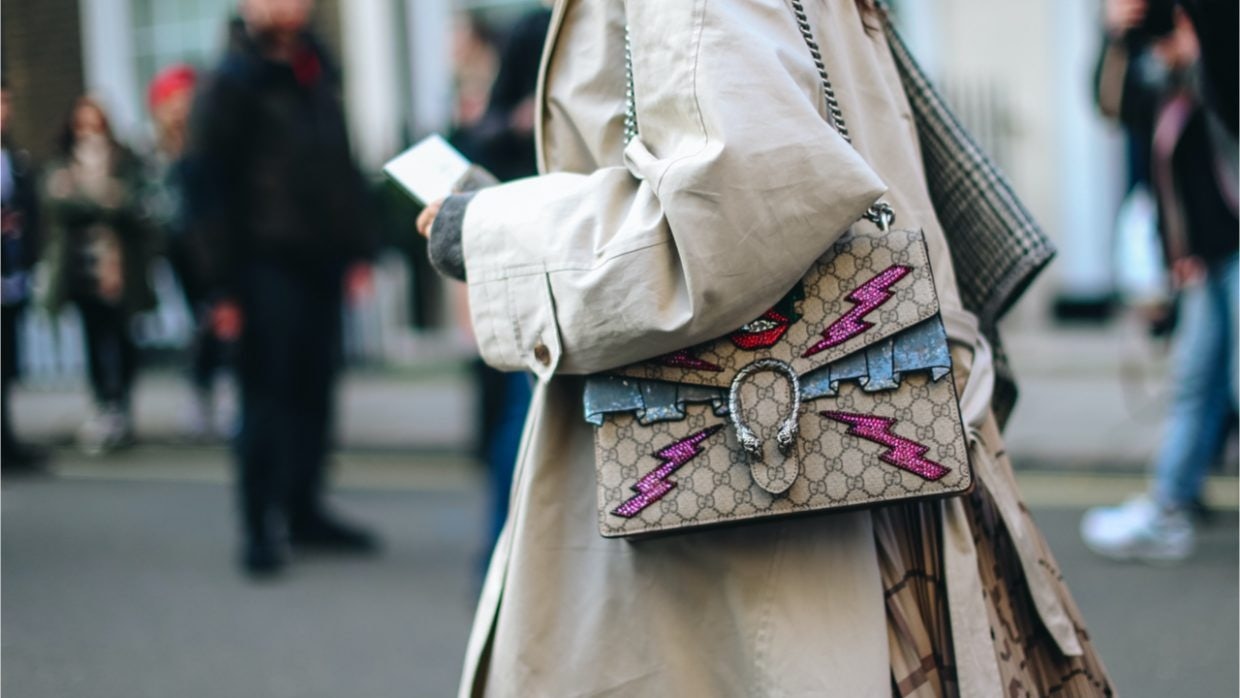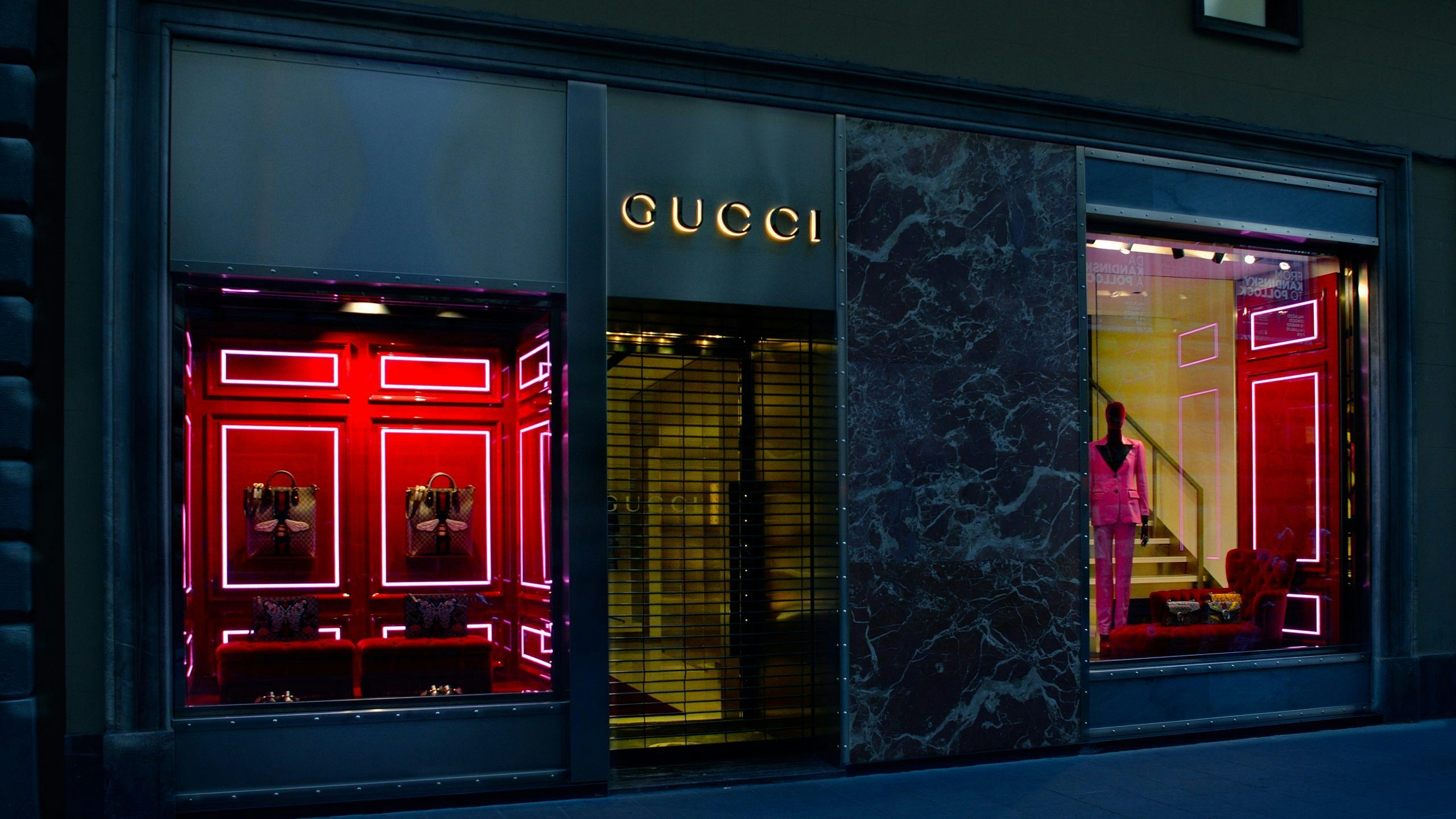Real-time consumer insights are critical to maneuverability in any crisis, but they’re even more important when attitudes shift to “a new normal.” Over the last few days, I spoke with several luxury retailers based in Hong Kong and mainland China, and their feedback was consistent: While the situation after COVID-19 is gradually getting better, and shops are once again open, buying behaviors have changed.
Many luxury malls in China have recorded a drastic decline in foot traffic. And while consumers are reportedly coming in after work to take out food or shop for groceries and wine, the time they’re spending at fashion retailers has been drastically reduced. Some speculate that this activity is based on consumers’ fear of exposing themselves to unnecessary risks. But speculation isn’t a good advisor. Brands need to act on fact-based, data-driven, and insight-focused information. They must generate the correct answers — and quickly.
Measuring, understanding, and acting on consumer insights without delay has become critical to success. In an increasingly digital world, we need to constantly know more: how our competitors are responding and how they are connecting to their customers. Precise and actionable insight generation has never been as important as it is right now.
China was already spearheading social shopping through key opinion leaders before the virus, and now that trend is further amplifying. The digitization of Shanghai Fashion Week is a precursor for a new reality where we’ll soon see many more digital transformations. And while this crisis will pass, a range of new consumer behaviors, expectations, and attitudes will be here to stay. Therefore, brands need to identify them as soon as possible.
Many luxury experts are currently predicting a drastic, long-term decline in the luxury sector. That’s because bad news sells. It’s easy to predict a sector decline during challenging times, but I have a more realistic view. I’ve carefully analyzed past recessions over the last couple of decades and have published my findings frequently. What have I consistently found? That the luxury sector has been more recession-proof than most others, and it rebounds from recessions much faster than other industries — and there are logical reasons why.
The crisis year of 2008 is a good example. During that year, luxury was the only significant sector that wasn’t declining. But in this current crisis, a range of industries are experiencing sharp losses, mostly due to store closures. The luxury travel industry came to a standstill, as Hong Kong’s airport, usually one of the busiest in the world, now only greets around 300 passengers a day — enough to fit in a single airplane.
But there will be light at the end of this tunnel. The short-term impact of this crisis is brutal, but I expect strong growth momentum once it has passed. We will eventually see record levels in all markets, and the luxury industry will lead all of them.
However, not all brands will automatically profit when the markets bounce back. Right now, I see two types of brands: The first type consists of agile and adaptive brands that show leadership and do whatever they can to strengthen their customer relationships. The second are brands that are paralyzed by fear, so they focus on cost-cutting (including laying off staff), which only leads to reduced brand equity and an inevitable decline in talent. Many brands of the first type will be relatively unaffected, and they should enlarge their market share, which will improve their overall position once the markets return.
Closeness to customers also offers insights into quickly changing customer preferences. At this moment, we are generating deep, data-driven insights about Chinese luxury customers’ shifting attitudes and sentiments. Here are some of my early observations:
Life as a new luxury#
Over the past few years, Chinese women have rapidly evolved from working at traditional roles in the home to managing careers, partners, and kids simultaneously. Along with this change has come the addition of long commutes in highly-polluted, top-tier cities that are often far away from parents and other relatives. What they’ve lost in all of this is quality time for themselves.
Just a few months ago, we identified quality of life as the main reason people move from tier-1 cities to smaller cities, despite a reduction in salary. The current crisis has only accelerated this tendency toward looking at life as the ultimate luxury. This trend will become incredibly popular and will produce new opportunities for luxury brands to create relevant content and make consumer connections.
Health as a new luxury#
Wellness is already a megatrend in China. Personal trainers are practically ubiquitous for the wealthy, and luxurious gyms that cater to one customer at a time, providing maximum attention and privacy, are trending upward. And now, that craze is expanding to a more general health focus that touches all aspects of life, from mental wellbeing to organic cosmetics and food.
Consumers are looking for places they trust and technologies like blockchain that provide them with much-needed transparency and reassurance. Patrick Kaminski, the founder of the trending Chinese organic platform Orghive, confirmed that the “demand for healthy organic products was never as high as during the COVID-19 crisis. Consumers are taking their health into their own hands. They want absolute clarity that what they buy is healthy, period.” Health and wellbeing will be a significant area of opportunity for luxury brands and services in the future.
Real-time, digital experiences as a new luxury#
People don’t just want to follow brands anymore — they want to immerse themselves in a brand’s content, stories, and inspiration. Shanghai Fashion Week, which was livestreamed during the lockdown on Tmall in late March, wasn’t just a fashion show; it was an opportunity to turn inspiration into purchases by allowing consumers to sit front-row and buy what they saw. As digital services become more embedded in our everyday lives, luxury brands will have to create more online-to-offline experience strategies, closely connect consumers to real-time events, and offer seamless inspiration-to-purchase processes.
Attitudes shift, and those changes remain. The winning brands are the ones who will identify new opportunities and use precise insights to provide specific responses to them. But time is of the essence when change happens. Ideas and actions need to be generated immediately, and the ability to act fast and resolutely during a crisis is what defines leadership.
This time also defines who will become future leaders. Chinese consumers are changing their attitudes, preferences, and sentiments, so we must change too. Are you ready for tomorrow?
Daniel Langer is CEO of the luxury, lifestyle and consumer brand strategy firm Équité, and the professor of luxury strategy and extreme value creation at Pepperdine University in Malibu, California. He consults some of the leading luxury brands in the world, is the author of several luxury management books, a global keynote speaker, and holds luxury masterclasses in Europe, the USA, and Asia. Follow @drlanger


